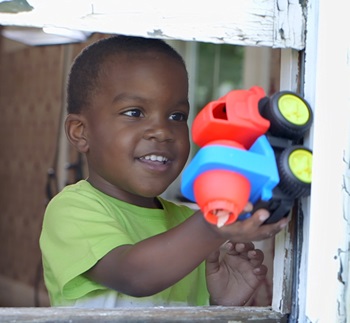Lead Poisoning Prevention

The most common source of childhood lead poisoning is associated with lead paint in housed built before 1978. Young children are more likely to be exposed to lead paint and lead dust due to their hand to mouth behavior. Children exposed to lead often do not show symptoms and can develop developmental delays, difficulty learning, behavioral issues, and neurological damage.
The only way to determine if a child has been exposed to lead is with a blood test. Connecticut law requires children under 6 years of age to be tested for lead by their medical provider. Testing children is the only way to know if a child has been lead poisoned. Be sure to talk to your medical provider about testing your child.
Helpful guides to reducing lead exposure:

